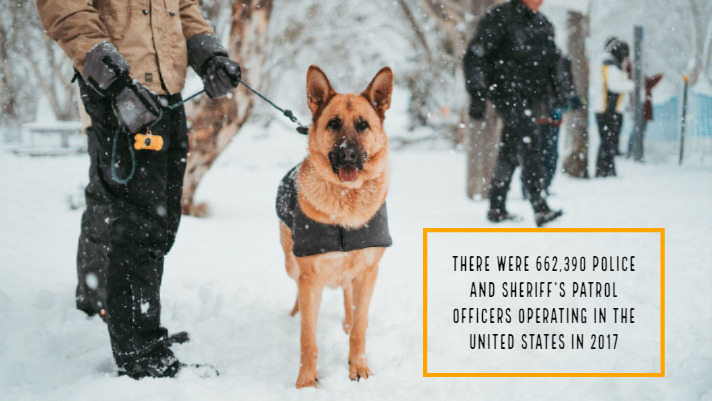|

Any law enforcement officer knows that police restraint equipment is their best friend. Handcuffs are the most widely used restraint equipment. Without handcuffs, police officers would not be able to perform their sworn duties. Suspects would get away and would not have to face trial for their crimes so, needless to say, a law enforcement officer would be ineffective without handcuffs. Most people, when they think of handcuffs think of just two cuffs with a short chain in between, however, there are different types available. While many law enforcement officers carry a couple different types of police restraint equipment with them, there are actually three different types of handcuffs that are widely used. Below is a list of the three and the unique strengths that they bring to the table.
Chain Handcuffs
The most widely known (The ones seen on television shows) handcuffs are simple chain handcuffs. The suspect can move their hands around a little bit, but are not able to become a threat to attack or escape. Since they are the most popular handcuffs, they are also the most affordable and, generally, are the first resort of officers in the United States. The most popular materials as found through handcuff vendors, are nickel, steel, and aluminum. If you are looking for handcuffs for sale, these are going to be the most common ones that you find. Chain handcuffs are also best for minor infractions, nonviolent offenders, and juvenile offenders, as they are not quite as harsh as other types of handcuffs.
Hinge Handcuffs
Another form of police restraint equipment are hinge handcuffs. They look exactly as they sound, instead of a chain, there is merely a metal hinge connecting the two cuffs. While hinged cuffs offer more control, many officers avoid them unless necessary, as they are more uncomfortable. While a suspect's comfort would seem to be of little importance, it can help an officer build rapport with a suspect. A suspect that trusts an officer is more likely to be cooperative. However, when increased control is what you need (For uncooperative or even violent suspects), hinged handcuffs can give you the extra assurance that the situation is taken care of.
Bar Handcuffs
Bar handcuffs offer control not provided by chain or hinge handcuffs, offering zero give as opposed to the slight give in hinged handcuffs and the maximum give offered by chain handcuffs. If you have a suspect that has been known to pick handcuffs in the past, bar handcuffs might be the way to go. If the bar is long enough, the lock should be far enough away from the suspect's hands to even be possible to pick. Nonstandard keys can also be used to increase difficulty. Also, if leg irons ever need to be attached, bar handcuffs can make it easier to do so.
Whichever type of handcuff you feel is best for you to use, remember to go with a company recommended by customers. Many customers recommend Bguniforms.com as one of the top handcuff suppliers in the country. They provide top brands such as Smith and Wesson, ASP, Peerless, and Zak Tools. They also offer many other products to fit the needs of law enforcement officers. They offer other types of police restraint equipment, lightweight boot options, patrol boots, job shirts, and many other options. With 662,390 police and sheriff's patrol officers operating in the United States in 2017, the proper equipment is paramount. Consider visiting their website to find many police restraint equipment options and many other forms of equipment.
|




